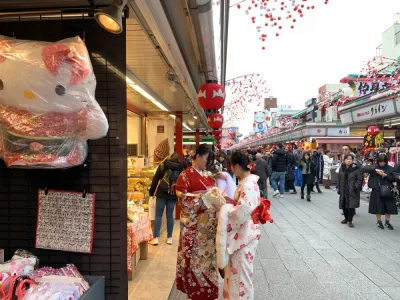
Japan Travel Guide
-
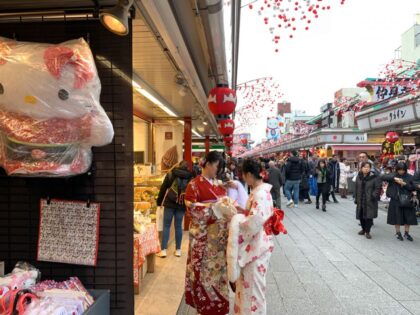
Nakamise Shopping Street, Tokyo | Beautiful street with a lot of history and bustling with people
The long Nakamise shopping street in front of the Sensoji temple in Asakusa is a popular area for souvenir shopping and food tours. What is the history of this popular street?
-
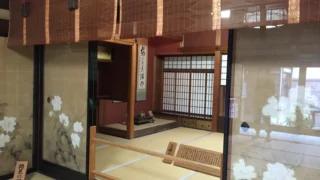
Nomura Samurai Home, Kanazawa | Would you like to take a peek into the life of the Samurai?
In Kanazawa, you can find the old home of the samurai Nomura clan. The building is almost intact and is a good example of how the samurai warriors who protected the city lived at that time.
-
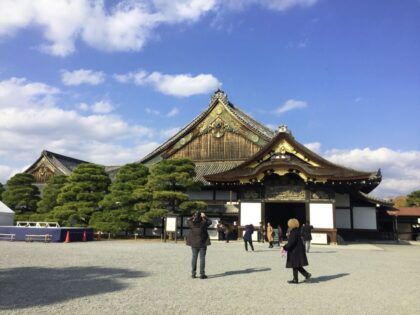
Nijo Castle | with its Gorgeous Architecture and Many Treasures
Nijo-jo Castle in Kyoto has witnessed some of the most important events in Japanese history in the 400 years since it was built. In 1940 the palace was first opened to the public. Today it is one of the most important tourist spots in the city of Kyoto.
-
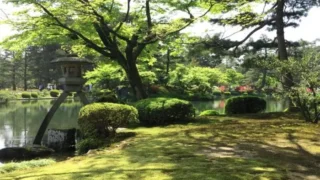
Kenrokuen Garden, Kanazawa
Kenrokuen Garden is listed as one of the three most beautiful gardens in all of Japan and is undoubtedly the symbol of Kanazawa Prefecture. It was specifically designed for walking.
-
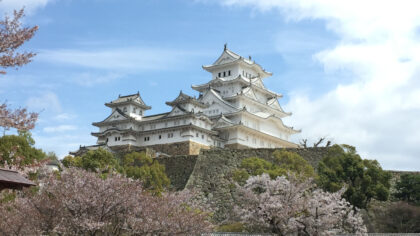
Himeji Castle | A Masterpiece of Castle Building Technology
Himeji Castle was the first registered World Cultural Heritage site (in 1993) in Japan. It is said to be a masterpiece of Japan’s unique castle architecture technology that reached its peak in 1600.
-

Powerful and Cool Unicorn Gundam Statue
On the futuristic island of Tokyo, Odaiba, in front of the modern DiverCity shopping center, is the life-size statue of one of the most iconic characters in Japanese animation, the giant robot Gundam.
-

Kinkakuji | The Most Beautiful Buddhist Temple
Kinkakuji was founded in 1397 as a resting villa for the third shogun of the Muromachi era, Ashikaga Yoshimitsu. This shogun asked his son to turn the villa into a Zen temple when he died, and so it happened.
-
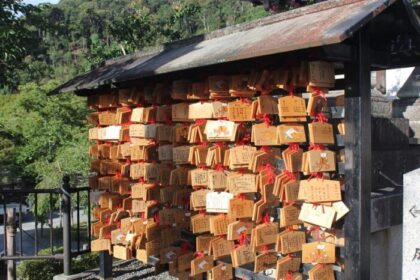
Yasaka Shrine, Kyoto | Historic and Beautiful Building
One of the oldest shrines in Kyoto is located in the famous Gion district in Kyoto. The Yasaka Shrine stands out for its great beauty and interesting historical architecture.
-
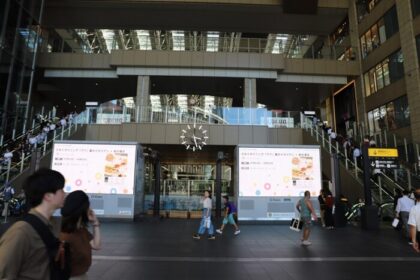
Osaka Station | Kansai Activities Start Here
Many tourists will pass through Osaka Station when they travel through Japan. It would be a shame just to pass through, as there are many things to do and see inside the large station.
-
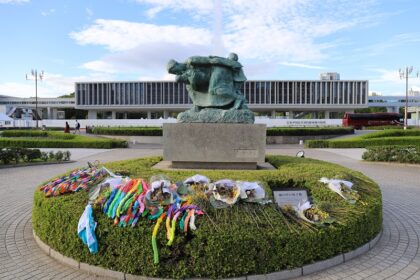
Hiroshima Peace Memorial Museum | Symbol of world peace and unity
The Hiroshima Peace Memorial Museum lets its visitors learn about the devastation that followed after the atomic bomb fell on Hiroshima. But the museum also wants to bring forth a message of peace.
-
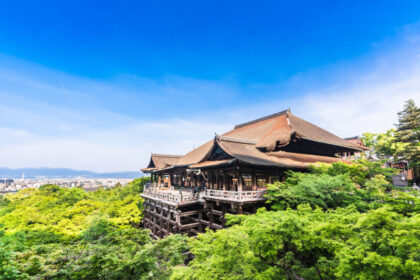
Kiyomizu Dera Temple, Kyoto | Beautiful natural scenery and various power spots
The Kiyomizu Dera temple in Kyoto is one of Japan’s most famous Buddhist temples and with good reason, as it is one of the most beautiful constructions in the old capital city.
-
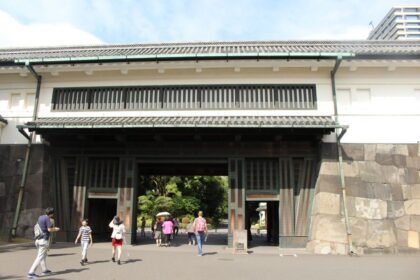
History of Tokyo as a Metropolis | Travel Guide
What became today’s largest metropole in the world started out as a small town in the 13th century and became a small castle town in the 15th century. Then the feudal lords started fighting out a war that would change the course of Edo’s history forever.
-
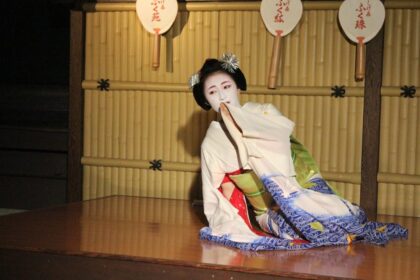
Gion Corner, Kyoto | A great chance to experience Kyoto’s traditional performing arts
If you don’t have the budget to see Kyoto’s geisha in action in an actual tea house, Gion Corner in Kyoto is an alternative that gives you a great overview of traditional Japanese performing arts.
-
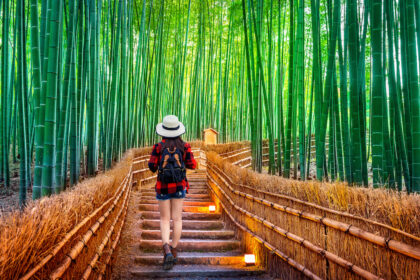
Arashiyama, Kyoto | Mysterious and beautiful bamboo forest
Arashiyama in Kyoto is famous for its mystical bamboo grove, but the area is actually a lot larger than just the bamboo forest. It is a very pleasant environment to have a walk past traditional shops, temples, and nature.
-
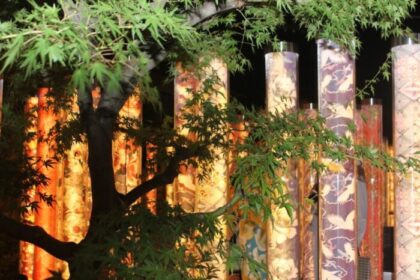
Kimono Forest, Kyoto | Beautiful Traditional Japanese Costumes
Find out more about Kimono Forest, a must-see promenade for people heading to the bamboo forest, located in the Arashiyama area of Kyoto.
-

Sumiyoshi Taisha | Beautiful architecture and the strongest power spot in Osaka
Shinto shrine “Sumiyoshi Taisha” was founded in 211, making it one of the oldest shrines in all of Japan. It is worth visiting for its picturesque bridge and interesting architecture.
-
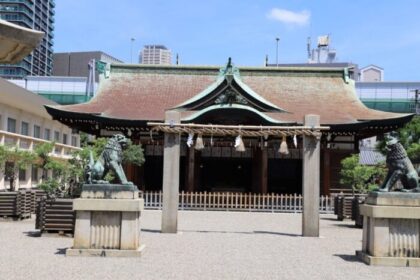
Imamiya Ebisu Shrine | Very popular in Osaka for its good fortune for prosperous business
This tranquil shrine is located near tourist hot spots but is not often visited by tourists. That makes the Imamiya Ebisu shrine a nice place to get away from the crowds for a bit!
-
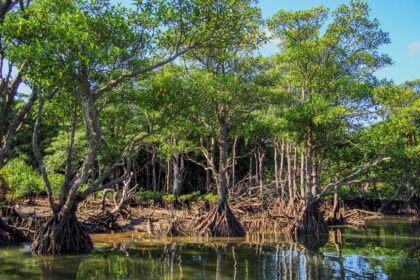
Iriomote Island, Okinawa | An island of rich and beautiful nature
Iriomote is part of the subtropical Yaemyama island chain in Okinawa, and this paradise for nature-lovers is one of the least populated islands in Okinawa. Find out what you can do here!
-
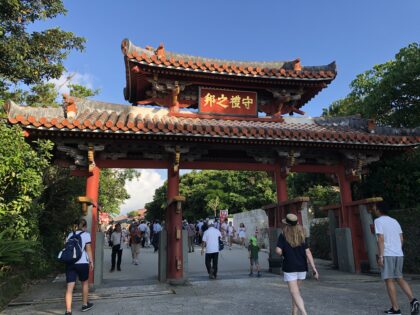
Shurijo Castle, Okinawa | Beautiful castles with unique materials and decorations
Okinawa was an independent kingdom named the Ryukyu Islands from 1429 to 1879, and Shurijo Castle was the seat of this Kingdom for hundreds of years.
-
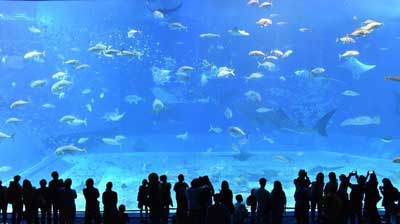
Churaumi Aquarium, Okinawa | World’s largest aquarium and whale sharks
If you visit Okinawa main island with kids, or you are simply fascinated by the lifeforms from the ocean, the Okinawa Churaumi Aquarium is a must-visit.